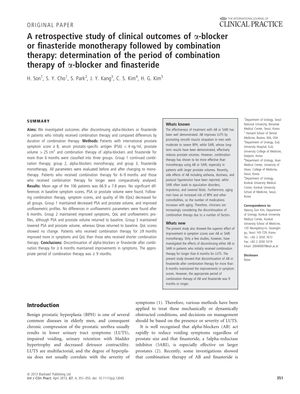TLDR Combination therapy for 9+ months maintains symptom improvements after stopping alpha-blockers or finasteride.
This study investigated the outcomes of discontinuing alpha-blockers or finasteride in patients who initially received combination therapy for benign prostatic hyperplasia (BPH). The study found that discontinuation of alpha-blockers or finasteride after combination therapy for more than 6 months maintained improvements in symptoms. The appropriate period of combination therapy was found to be 9 months or longer. The study also showed the superior effect of improvement in symptom scores over alpha-blocker or finasteride monotherapy.
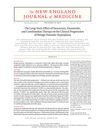 1707 citations
,
December 2003 in “The New England Journal of Medicine”
1707 citations
,
December 2003 in “The New England Journal of Medicine” Combination therapy of doxazosin and finasteride safely and effectively reduces benign prostatic hyperplasia progression risk.
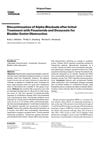 17 citations
,
February 2001 in “Urologia Internationalis”
17 citations
,
February 2001 in “Urologia Internationalis” Stopping alpha-blocker medication after 6-9 months is safe and effective for most patients with bladder outlet obstruction.
 728 citations
,
August 1996 in “The New England Journal of Medicine”
728 citations
,
August 1996 in “The New England Journal of Medicine” Terazosin and finasteride effectively treat BPH, but combining them adds no extra benefit.
 110 citations
,
October 2019 in “Translational Andrology and Urology”
110 citations
,
October 2019 in “Translational Andrology and Urology” More men are getting benign prostatic hyperplasia, and there are many treatments, from medication to surgery, with new methods being developed.
14 citations
,
January 2020 in “Archivio Italiano di Urologia e Andrologia” Finasteride helps with prostate symptoms but may cause sexual side effects.
 1707 citations
,
December 2003 in “The New England Journal of Medicine”
1707 citations
,
December 2003 in “The New England Journal of Medicine” Combination therapy of doxazosin and finasteride safely and effectively reduces benign prostatic hyperplasia progression risk.
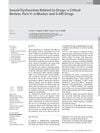 15 citations
,
November 2015 in “Pharmacopsychiatry”
15 citations
,
November 2015 in “Pharmacopsychiatry” α-Blockers and 5-ARIs for BPH can cause sexual dysfunction, including erectile and ejaculatory issues.
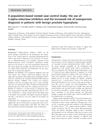 22 citations
,
August 2014 in “Clinical endocrinology”
22 citations
,
August 2014 in “Clinical endocrinology” Taking finasteride for benign prostate hyperplasia may increase the risk of osteoporosis, especially at higher doses.
